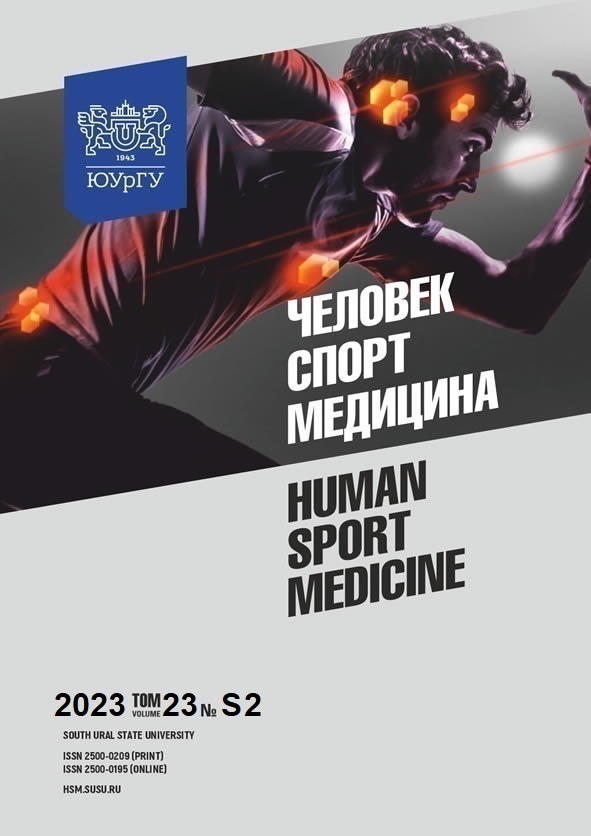FINE MOTOR SKILL CONTROL FOR PROFESSIONALLY ORIENTED PHYSICAL EDUCATION
Abstract
Aim. To create a universal method for fine motor skill control for people of different professions. Materials and methods. The study involved combinatorial analysis, the FingerFit fine motor skill assessment test, and computer vision. The study consisted of both theoretical and practical parts. The first part was aimed at identifying the combinations of finger synergies in a person's professional activity. The second part was to check the method proposed. For the practical part, brand-new computer software was developed and used with an integrated neural network. The prospects of this method were studied with a 7-year-old girl. Results. Theoretical combinatorial analysis showed 832 possible finger flexion-extension synergies. Approbation of the method provided data about the individual complexity of 145 synergies in a 7-year-old girl. The results obtained revealed an individual profile of fine motor skills in a person. This method can be used to profile fine motor skills for each profession. The comparison of individual and professional profiles will help enhance fine motor skills through selected exercises. Conclusion. The proposed method is an informative and universal tool for assessing fine motor skills, regardless of profession.
References
References on translit
Copyright (c) 2024 Human. Sport. Medicine

This work is licensed under a Creative Commons Attribution-NonCommercial-NoDerivatives 4.0 International License.















